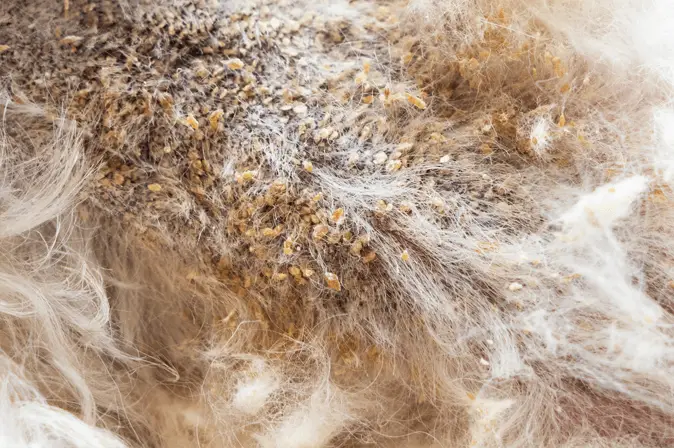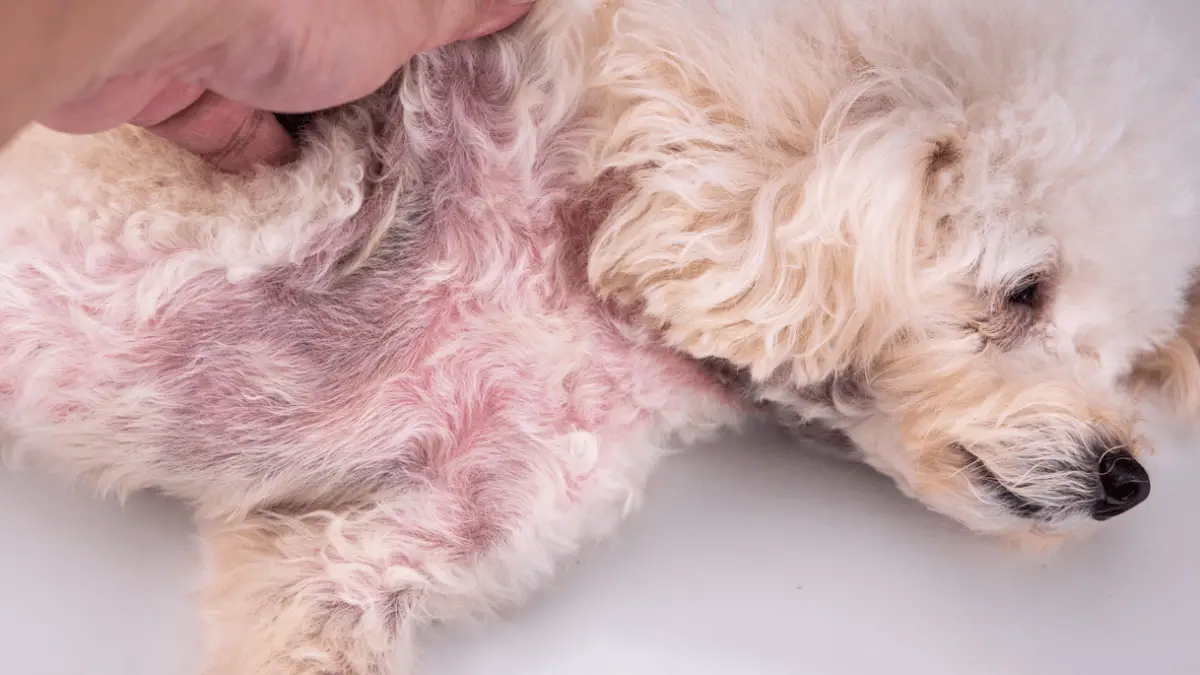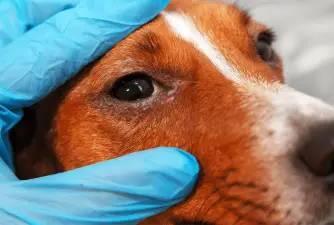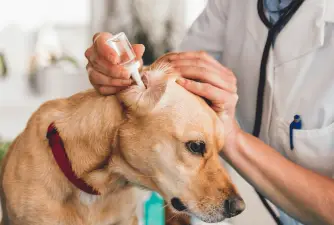Yeast Infections in Dogs - How to Deal With Them
28.10.2021.
Like humans, dogs can suffer from skin conditions. One of these conditions is a yeast infection. In fact, yeast infections are quite common in dogs, and if you are a dog owner, chances are you will have to deal with this issue. It is best to be prepared and learn about yeast infections before they happen. Still, most of us rarely do that and only start learning about a problem when it happens. In any case, here’s what every dog owner should know about yeast infections in dogs.
What is yeast?
Yeast can be defined as spore-producing fungi that are naturally present in your dog’s skin. They are a natural part of flora and fauna living on the dog’s skin, and their number is usually kept under control by the dog’s natural “defenses.” If those defenses get compromised in any way, yeasts’ numbers can grow, and a yeast infection can occur.
Where can yeast infections happen?
Yeast is naturally present in all parts of the dog’s skin. That means yeast infections can happen all over the dog’s body. However, some areas are more prone to them because they are exposed to conditions yeast loves. Wherever there is a dark, moist, warm area, yeast infections can happen. Some of the most common yeast infection areas are the groin, ears, and paws.
What are the symptoms?
Like with any other health issues your dog might face, the sooner you notice it, the better. You don’t have to know your dog has a yeast infection, but you should notice your dog acting strange and take them to the vet. Yeast infections will affect different areas differently, so here’s how you can notice them on different parts of the dog’s body;
Ears
Ears with yeast infections will have a specific smell. Yeast will cause a sweet and musty odor, which is the first sign many dog owners notice. This type of infection is very itchy for dogs, so you might notice them shaking their heads and scratching excessively. The infected ear will be red and appear greasy with brown discharge.
Many dog owners confuse yeast infections with ear mites. You can read more about ear mites here - Ear Mites in Dogs.
Skin
As we already mentioned, yeast infections can happen anywhere on the dog’s skin. If you think your dog’s skin is infected, you should look for some of the most common signs of yeast infections - redness, irritation, greasy, and flaky skin. Another common symptom is hair loss in the affected area. In worst cases, when the yeast infection is left untreated, the skin can become thickened, grey, or black.

VET TIP: If you have a dog with lots of skin wrinkles, you must keep those wrinkles clean and dry. Dogs with wrinkly skin are prone to yeast infections.
Paws
Your dog’s paws are another part of their body that is prone to yeast infections. Yeast loves dark, moist places, and between the dog’s pads is their ideal environment. You can notice yeast infections on the dog’s paws because the area will become itchy, red, and irritated. Dogs that develop a yeast infection will lick their paws excessively.
What breeds are prone to yeast infections?
Some dogs have a natural predisposition towards developing yeast infections. If you share a home with one of those dogs, you should keep an eye on yeast infections. Here are some of the dogs prone to this medical issue;
- Shih Tzus
- Boxers
- Australian Silky Terriers
- Golden Retrievers
- Maltese
- Labrador Retrievers
- Poodles
- West Highland White Terriers
- English Setters
- Dachshunds
- Schnauzers
- American Cocker Spaniels
- Basset Hounds
Keep in mind that all dog breeds can develop yeast infections; these are just some breeds that are most likely to get them.
Cause
Yeast infections happen when the numbers of yeast get out of hand. However, that is usually a secondary problem, which means that something weakened the skin’s natural defense. The dog’s immune system will keep yeast, bacteria, and mites in check, but if it gets compromised, their numbers can explode. That is when infections can happen. Some of the leading causes dogs get yeast infections are;
- Food or environmental allergies
- Hormonal issues
- Diseases that suppress the immune system
- Seborrhea oleosa
- Poor hygiene
- Improperly dried ears
- Stuck foreign objects
Treatment
If your vet diagnosed a yeast infection, the next step is to choose the best treatment option. There are different ways to treat yeast infections in dogs. The primary way the vet will determine the best treatment option is by the location of the infection. Ear yeast infection is treated differently than the infection occurring on the dog’s skin.
Ear treatment
The yeast infection in the dog’s ears will most likely be treated with antifungal ointment or drops. The ear should be kept as clean as possible, and you should stick to the vet’s recommended schedule. In some of the most severe cases, dogs might get oral medication.
Paws and skin treatment
If your dog has a mild yeast infection, the most probable treatment will include wipes, sprays, creams, and shampoo. You have to apply the topical medication to the affected area and make sure your dog doesn’t lick it. In worst cases, the vet can prescribe oral antifungal medication.
OWNER TIP: One of the household items that might help you deal with yeast infections is apple cider vinegar. It will change the skin’s pH levels and make it unfavorable for the yeast. However, before you use it on your dog, make sure you call your vet.
World Dog Finder team







Share